Highlights from “Steps to Diversify Your Donor Base”
In August, we hosted a workshop honing in on steps to diversify nonprofit donor bases (you can register for its next session here)! In a conversation among field experts, we learned tangible tools and actions organizations could take to reach new donor prospects and get support from more communities that are diverse. Thank you to our esteemed guests, Rick-Arlo Yah Lira from ACLU San Diego & Imperial Counties, Gabby Herencia from California Western Law School, Tiffany LaMar from Promises2Kids, Jolyn Parker from San Diego Oasis, and Kent Lee from Pacific Arts Movement, for their brilliant tips and strategies! See below for key takeaways:
- Intentionality is key. Be intentional about what “diversity” really means to your organization and the communities you serve. What audiences are you attracting? What groups are you missing?
- Terminology and meaning are constantly shifting. Make sure your organization keeps up-to-date with whom your organization is reaching with its language.
- Are you going to the places your donors might be? If you want to get students, are you going to campuses? How about reaching seniors through programs serving older adults? As Rick-Arlo says, “If you want communities to spend money on you, you have to spend time and attention on the communities.”
- Do your staff and board reflect the different communities with which you work? Both Jolyn and Tiffany remind us that donors want to see themselves reflected in the organization where they invest their time and resources. Having diverse board members could also help your organization discover new donors. People can bring more value than just wealth. According to Tiffany, “we’re looking at influence and affluence.”
- Gabby notes that some boards expect members to make financial commitments in order to serve. She suggests that expanding options for them can improve your organization’s reach and inspire more giving.
- Kent points out that not everyone has access to the same generational wealth that allows them to participate and says there must be alternative ways for people to get engaged beyond money. He suggests expanding the term “development” to encompass other resources such as talent and time.
August’s conversation left us and our attendees wanting more. We’re hosting Part 2 on Wednesday, November 17th! You can sign-up for this session here and watch the entire conversation from August’s workshop below:
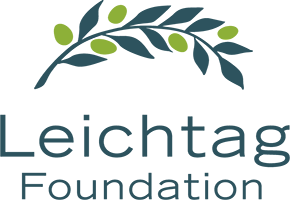


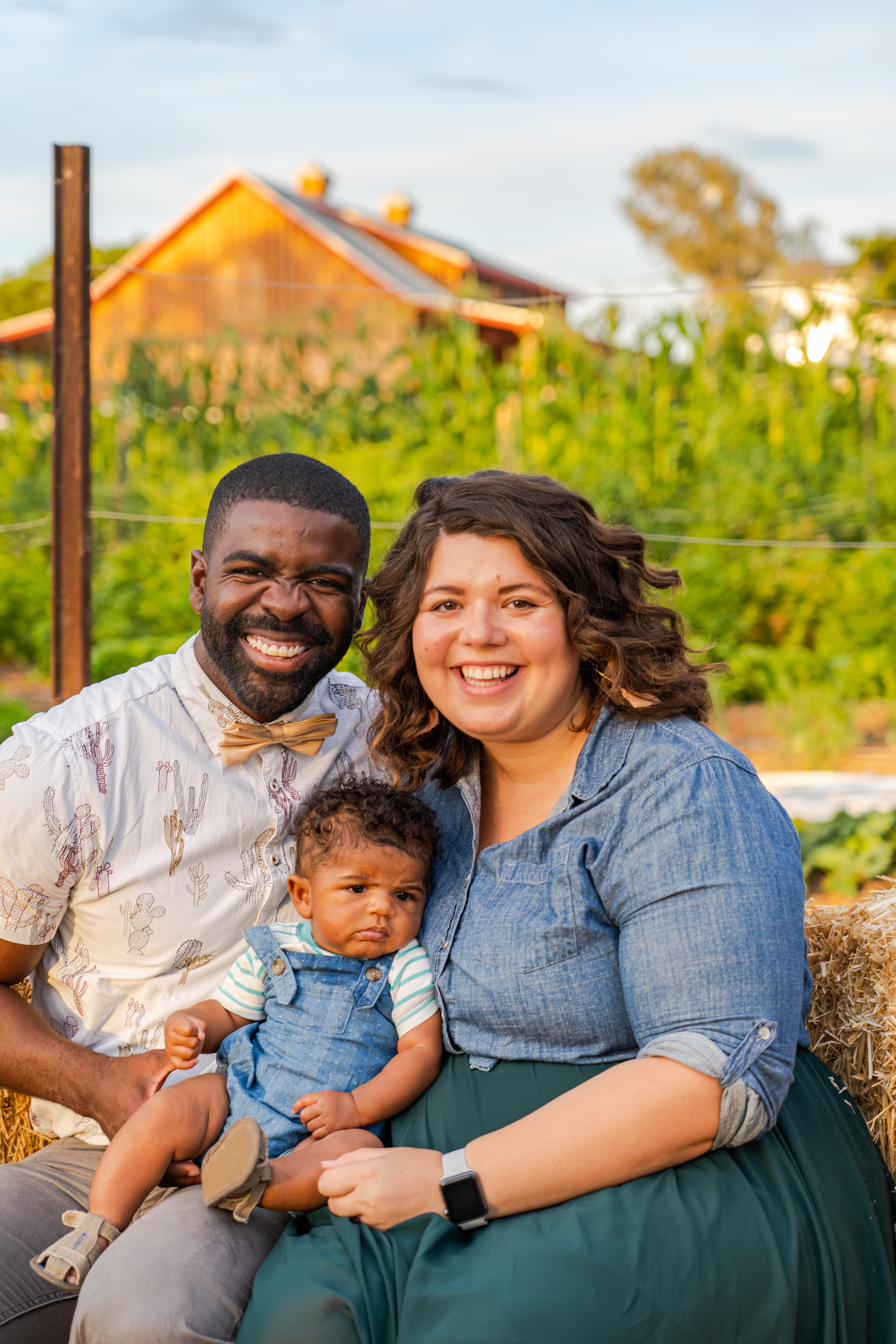
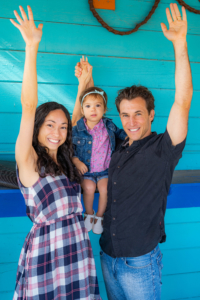
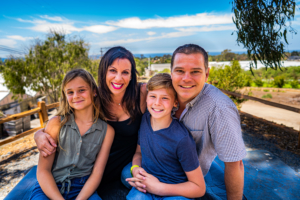
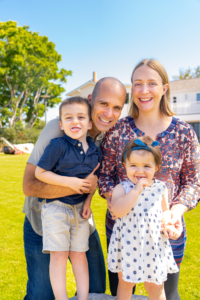 Stacie and Jeff Cook understand commitment. They live it.
Stacie and Jeff Cook understand commitment. They live it.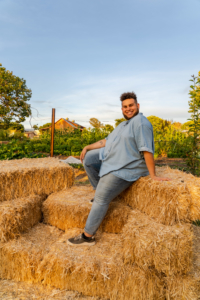 Black, Jewish and Queer. These three identities weave the fabric of who I am, but it took a long time to believe that they could exist together.
Black, Jewish and Queer. These three identities weave the fabric of who I am, but it took a long time to believe that they could exist together. Lee and Toni Leichtag established the Leichtag Foundation in 1991 following the sale of their business. Lee and Toni were lifelong entrepreneurs with a passion for innovation and for supporting talent. They believed that only with big risk comes big reward. Both born to families in poverty, Toni to a single mother, they strongly believed in helping those most in need and most vulnerable in our community. While they supported many causes, their strongest support was for young children and the elderly, two demographics who particularly lack voice in our society.
Lee and Toni Leichtag established the Leichtag Foundation in 1991 following the sale of their business. Lee and Toni were lifelong entrepreneurs with a passion for innovation and for supporting talent. They believed that only with big risk comes big reward. Both born to families in poverty, Toni to a single mother, they strongly believed in helping those most in need and most vulnerable in our community. While they supported many causes, their strongest support was for young children and the elderly, two demographics who particularly lack voice in our society.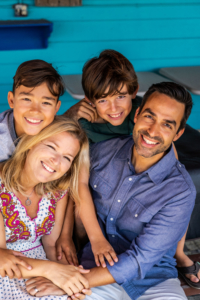 Lifelong Baltimoreans, Rabbi George and Alison Wielechowski and their sons, 11-year-old Lennon and 9-year-old Gideon, are more than pursuing the good life in Southern California. Having moved to San Diego more than three years ago, they are fulfilling a lifelong dream.
Lifelong Baltimoreans, Rabbi George and Alison Wielechowski and their sons, 11-year-old Lennon and 9-year-old Gideon, are more than pursuing the good life in Southern California. Having moved to San Diego more than three years ago, they are fulfilling a lifelong dream.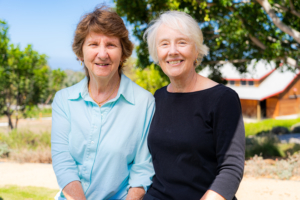

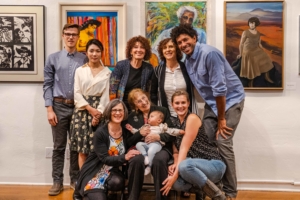
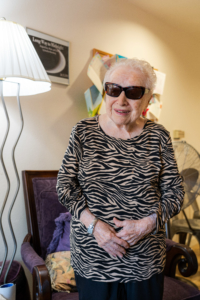
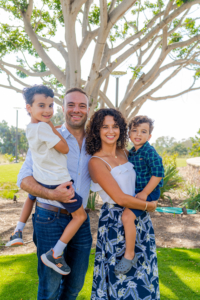
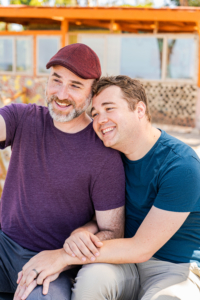
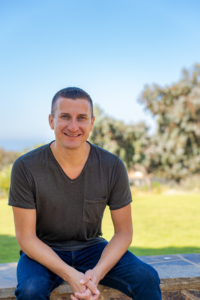 You would think that as the executive director of San Diego LGBT Pride, Fernando Zweifach López Jr., who uses the pronoun they, has done all the coming out they possibly can. A queer, non-binary individual who has worked for many years on civil rights issues, López also speaks openly and often about their father’s family, Mexican-American migrant workers who tilled the fields of rural California.
You would think that as the executive director of San Diego LGBT Pride, Fernando Zweifach López Jr., who uses the pronoun they, has done all the coming out they possibly can. A queer, non-binary individual who has worked for many years on civil rights issues, López also speaks openly and often about their father’s family, Mexican-American migrant workers who tilled the fields of rural California.